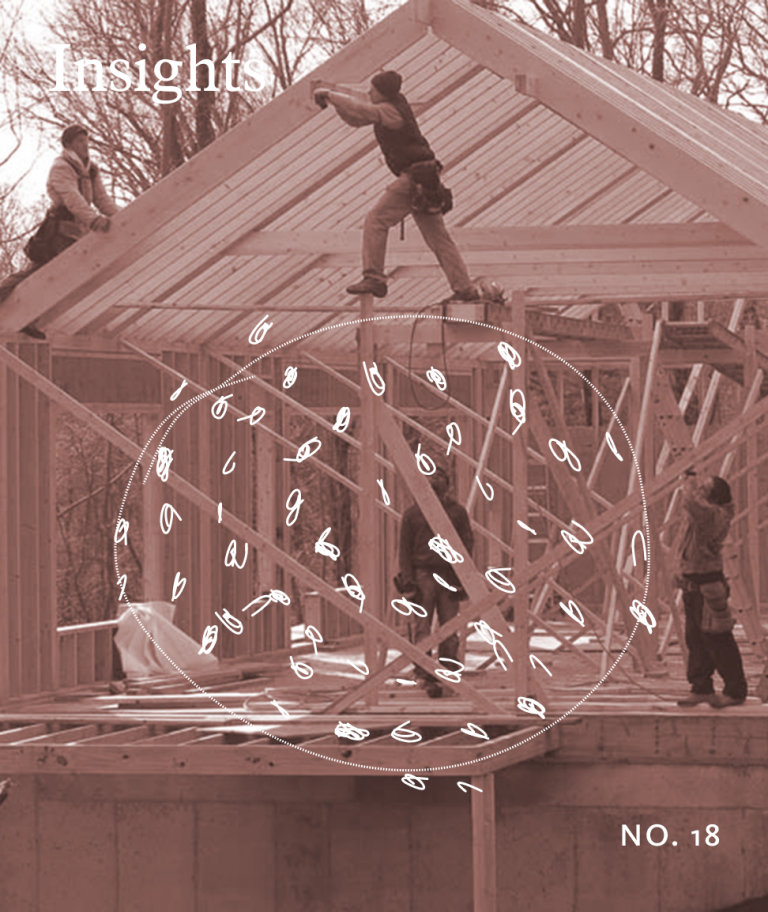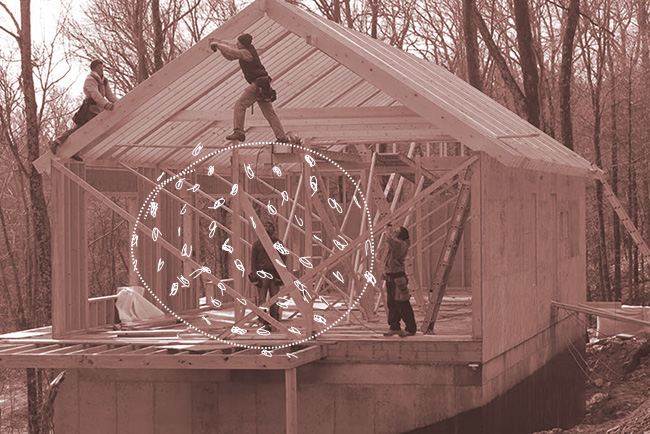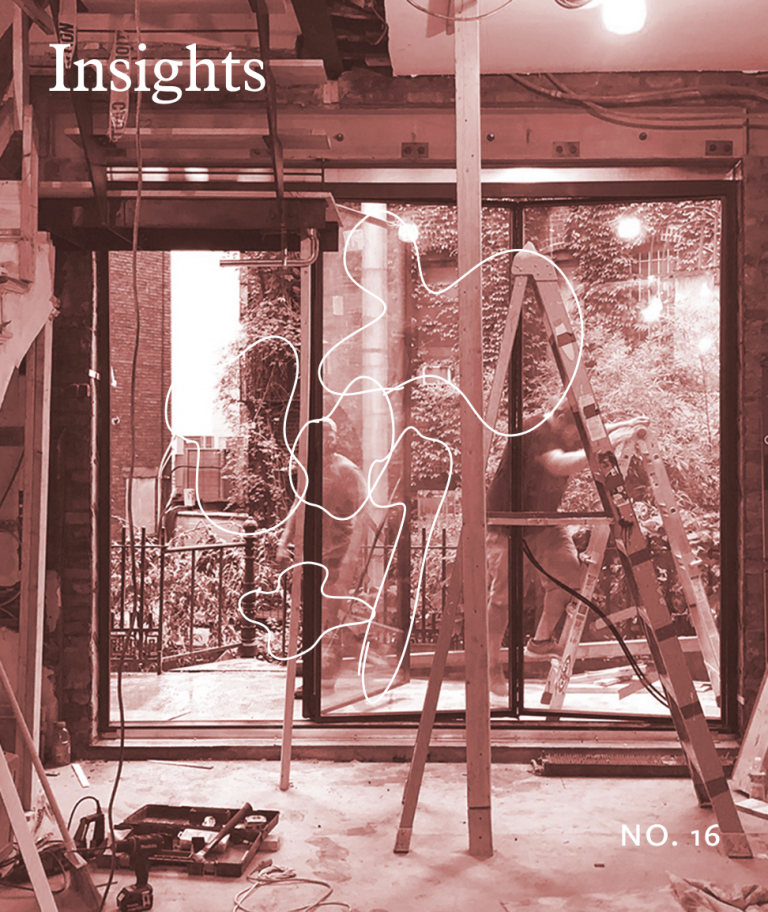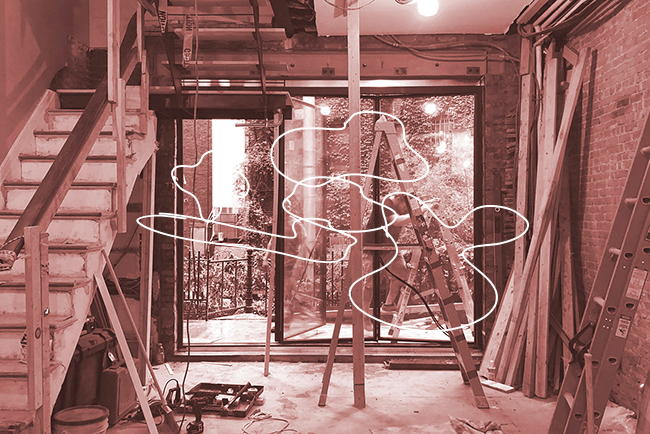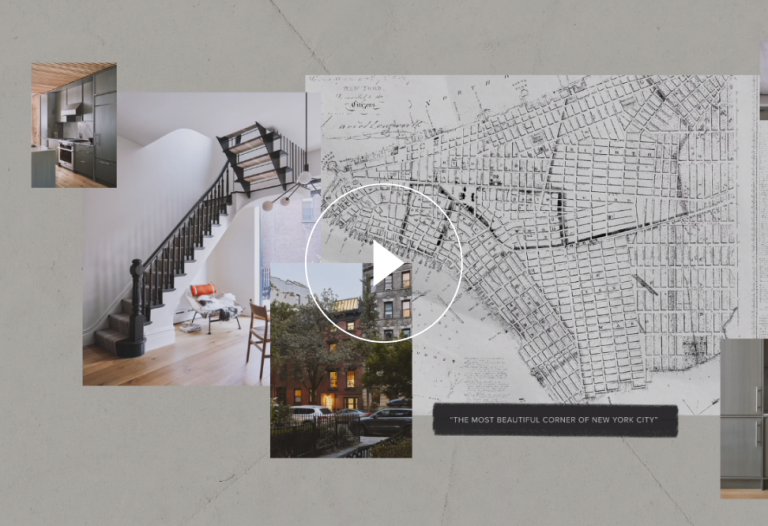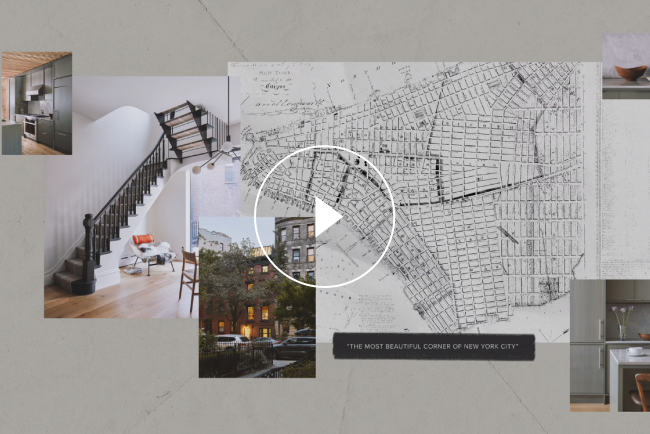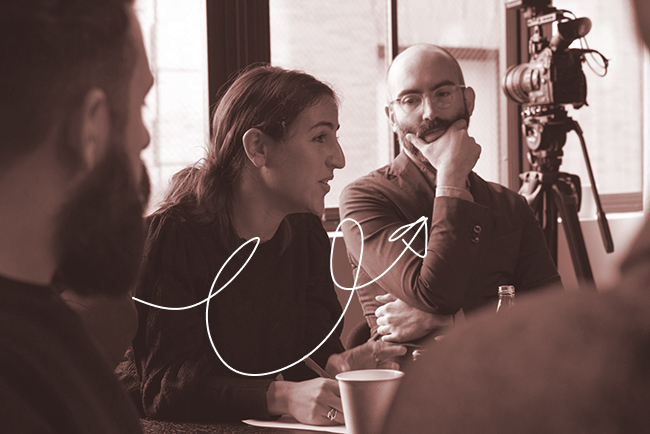The Path to Alignment
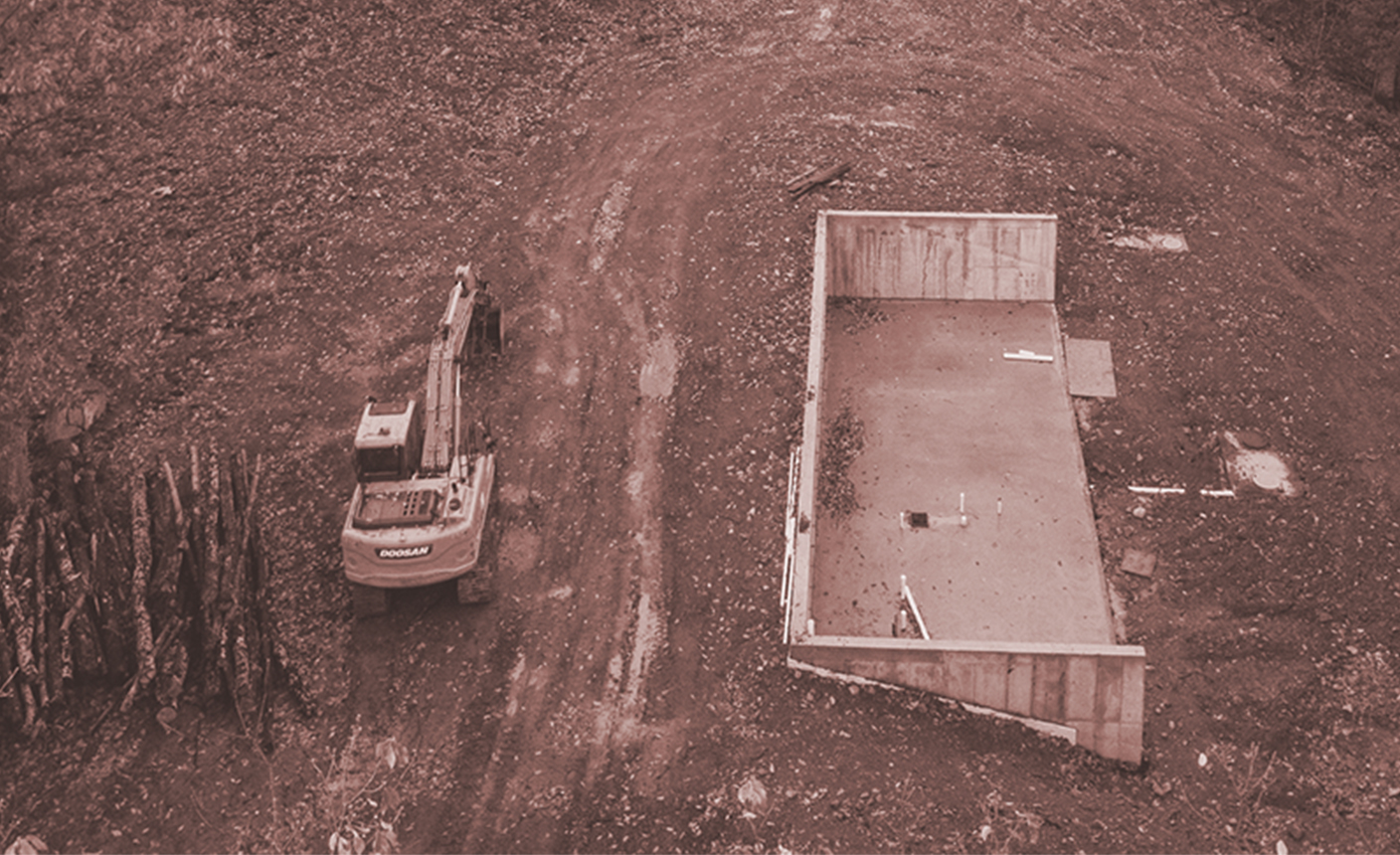
Without alignment, there's no true collaboration; everyone is just working for themselves, doing whatever they can or want or need to do to cash a check and call it a day.
The Need for Alignment in Collaboration
I’ve always believed a creative practice is more likely to succeed with a clear identity and defined direction. For us, this sense of who we are—our values—and where we’re going—our vision—aren’t just words on a proposal or a website. They’re ideas we live. And when we live them—when they’re internalized by the team and inform our decision-making— they really make an impact. But for that to happen, we needed to create alignment around our values and vision and what they mean for the practice.
Alignment, as I’m using the term here, refers to a clear agreement or understanding among collaborators about two things: what we’ll accomplish together and how we’ll do it. Without alignment, there’s no true collaboration; everyone is just working for themselves, doing whatever they can or want or need to do to cash a check and call it a day. Without alignment, “vision” and values” are just buzzwords. There’s no culture. There’s no North Star to follow. No shared goal to work toward.
So, where does alignment come from? I’ve learned that it doesn’t just happen. True alignment requires action. And it starts with leadership.
Internal Alignment
One of the best ways I know to create alignment is for firm leadership to first identify and articulate the firm’s core values. These values are the foundation upon which we make decisions and take action. There are many ways to define or determine your values, and a lot has been written about it. It’s a big topic, so I won’t get into that with this post, but I will say that our values are clear and straightforward. They’re more focused on emotion and attitude than intellect or execution. I chose them based on the behaviors I admired in my collaborators and the behaviors I hoped to nurture in our office (and myself). I make sure everyone understands these values and what it means to live up to them. They’re relatively measurable, so it’s easy to know when someone isn’t. I won’t share them all here, but it’s probably no surprise that collaboration is the overarching value. Above all else, it’s crucial to instill a mindset of unity; there is no “I” here, only “we.”
Defining the vision is equally essential. I think it’s important to take the time and ask hard questions. What kind of firm do we aspire to be? What sort of work do we want to do? And for whom? What does success look like? What does it MEAN? That last one might seem obvious, but it bears consideration. In the past, there have been times when our collaborators have had different agendas or priorities. As a result, the process was more stressful than it needed to be. It created resentment. No one on our team felt good about the resulting work, even though it may have been well received and may have achieved a certain material success for the practice, but almost no one on our team felt good about it. For us, if we don’t have a successful collaboration, it’s not a successful project. No matter how well designed, how acclaimed, or how much money it made us.
When values and vision are established, the benefits become apparent. They help formalize thinking among team members. They provide a set of decision-making guidelines. They improve recruitment and promotion strategies, as it becomes easier to identify people who can grow with the practice. And, of course, they set the stage for better collaborations and more satisfied clients.
Collaborator Alignment
Choosing collaborators requires careful consideration. To the best of our ability and resources, we’ve always tried to find collaborators whose values align with ours — and I encourage you to do the same. Ask tough questions. Have hard conversations. Do the legwork to get to know a person or practice before you work with them. There’s too much at stake to do otherwise. I’ve found that collaborators who resonate with our ethos are more likely to contribute positively to projects and foster a harmonious working environment. The alternative –misalignment–is all too often a ticking time bomb that can threaten projects, our reputations, and team cohesion.
Still, what seems like a good match sometimes proves otherwise. Alignment needs attention. Beyond our weekly check-ins, we take regular temperature checks to maintain collaborator alignment. I can’t micromanage or run the day-to-day on every project, but I can check in with project leads regularly. How are things going? How are the relationships right now? Is there anything that feels off? If something feels off, it usually is. People often think professional relationships are different from personal relationships, that they’re less emotional. I disagree. Professional relationships are inherently personal, so staying attuned to the emotional dynamics within teams can help secure long-term success.
Client Alignment
Our most important collaborator? Our client. Good projects come from good clients — clients who aren’t just consumers who see our work as a product, but real partners who see our work as a chance to bring something beautiful and impactful into the world together. Working with clients whose values align with ours often means smoother communication and a better chance of success.
All too often, people hire an architect based on a single image. They see something exciting that they think represents what they want. And that’s it. It doesn’t matter if that architect shares their values, concerns, and priorities. They just want that. And that can be a problem leading to any of the challenges we mentioned above.
But most of us don’t have the luxury of choosing who we work with. So, how do we attract these ideal clients?
Well, this is something I’m still working on, but these words you’re reading right now are a big part of it. We share what matters to us in the work and the thinking that goes into it. We hope those ideas will resonate with people who share our values — the kind of people whom we can really serve and with whom we can really create something special. It seems to be working. Since I’ve been more proactive in seeking like-minded partners and clients, the quality of our work and the quality of our lives have both increased significantly. Right now, we’re collaborating with a great contractor and client, with whom we’re developing a project that could be our strongest to date alongside a very meaningful and personal bond.
Alignment takes time. There are no shortcuts to building a practice and a community of collaborators that shares beliefs and works together, in sync, toward shared goals. But I think it’s time well invested. As I’ve seen firsthand, the resulting collaborations are solid and lasting relationships. The aligned practice can overcome any challenge and attain sustainable success.
